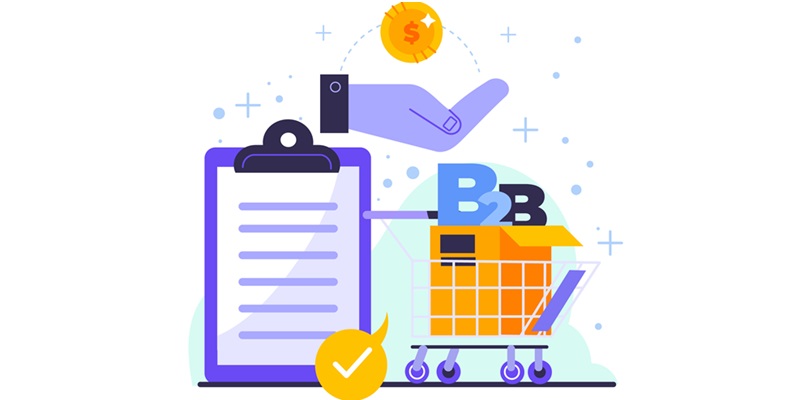In today’s fast-paced business environment, the automation and reconciliation of B2B payments have become critical factors for success. As the migration to electronic methods gathers momentum, the importance of data and reconciliation capabilities in facilitating seamless transactions cannot be overstated. This article aims to delve into the various aspects of B2B payments, including the persistent use of checks, the projected growth of commercial cards, the benefits they offer, the confusion surrounding costs, the emergence of buyer-funded card models, and the need for modernization in cross-border payments.
Persistence of Check Payments
Despite advancements in technology, it may come as a surprise that a significant proportion, approximately 40%, of B2B payments are still made using checks. This persistence can be attributed to several factors, including a lack of awareness and education in the industry about the advantages of electronic methods. Addressing this issue is crucial to promote wider adoption of electronic payments and reap their benefits, such as increased efficiency, reduced costs, and improved cash flow.
Forecasted Growth in Commercial Card Volume
Looking at the future of B2B payments, there is a promising outlook for commercial card usage. Commercial cards and other virtual solutions have the potential to provide valuable insights into a company’s cash on hand, enabling better financial management decision-making. The forecast for 2024 predicts significant growth in commercial card volume industry-wide, signaling a shifting trend towards digital payment methods.
Working Capital and Rebate Benefits of Commercial Cards
One of the key advantages of using commercial cards is the extension of payment terms, which effectively gives buyers approximately 45 days of working capital. This extended timeframe allows businesses to optimize their cash flow, allocate funds more strategically, and better manage their financial obligations. Additionally, commercial cardholders can enjoy rebates based on their transaction volume, further enhancing their financial value.
Confusion Surrounding Card Costs
Despite the many benefits offered by commercial cards, there exists a considerable amount of confusion and misconceptions about the associated costs. It is essential for businesses to understand the true costs, including any interchange fees, processing fees, and potential savings achieved through rebates. Education and clarification are necessary to dispel misunderstandings and encourage businesses to leverage the full potential of commercial cards.
Emerging Interest in Buyer-Funded Card Models
In recent times, there has been a growing interest in buyer-funded card models as an alternative payment solution in the B2B arena. These models allow buyers to provide funding for commercial cards used by suppliers, streamlining the payment process and potentially reducing reliance on traditional banking systems. Understanding the benefits and challenges associated with buyer-funded card models is crucial for businesses looking to explore this emerging trend.
Outdated Cross-Border Payment Systems
While significant progress has been made in streamlining domestic B2B payments, cross-border transactions remain hindered by antiquated systems. It is disheartening to note that in this digital age, cross-border payments continue to be complex, time-consuming, and costly. There is a pressing need for innovation and modernization in this aspect to facilitate seamless global transactions and drive international trade and collaboration.
The evolution of B2B payments hinges on automation, reconciliation, and the adoption of electronic methods. The persistent use of checks represents a missed opportunity for businesses to embrace efficiency and cut costs. However, the projected growth of commercial cards and the benefits they offer in terms of extended payment terms, rebates, and valuable insights into cash on hand are encouraging signs for the industry. Educating businesses about the true costs associated with commercial cards and exploring emerging trends like buyer-funded card models can further facilitate streamlined B2B payments. Finally, prioritizing the modernization of cross-border payment systems is vital for businesses engaged in global trade to thrive in today’s interconnected world. By embracing these advancements and overcoming traditional barriers, organizations can unlock greater opportunities for growth and success in the increasingly digitized B2B landscape.

